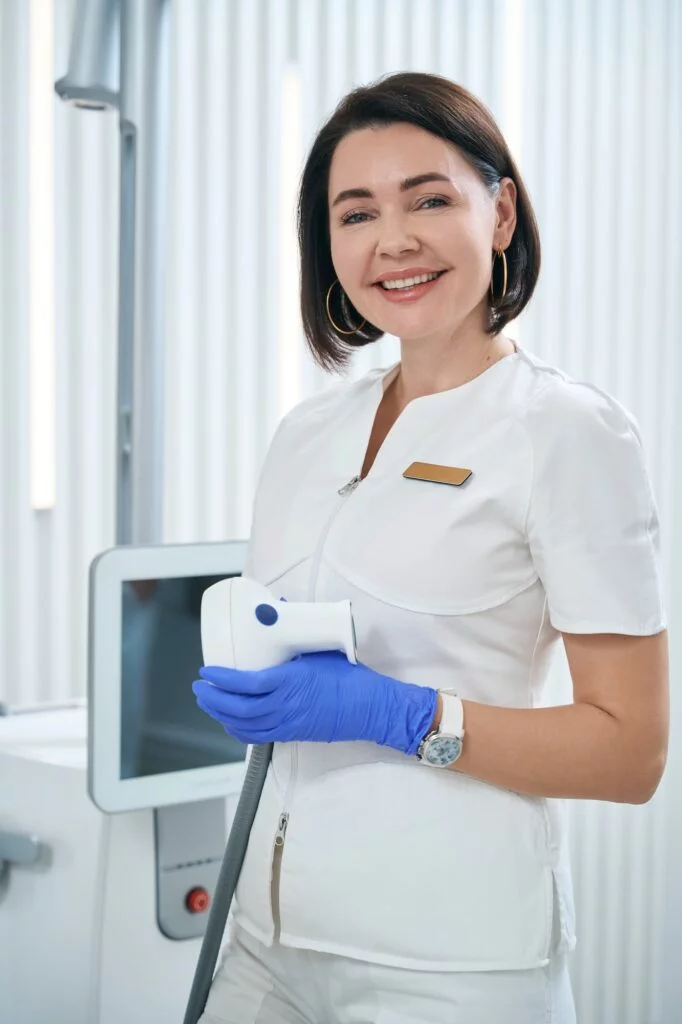Two procedures with vaguely similar names performed by specialists can tend to get mixed up every now and then. Both a colonoscopy and an endoscopy are used by specialists to examine and diagnosis existing and potential issues within a person’s body. However, where these issues originate is at the crux of the difference between the two procedures.
The colonoscopy – Recent research has shown that colon cancer rates are down across the country due to an increase in awareness and early detection found in screenings known as colonoscopies. A colonoscopy is a procedure that allows a doctor to examine the lining of your colon, aka, your large intestine. A colonoscope, which is a very small tube is inserted into the anus and with the use of a small light and camera at the end of the device, it is advanced into the rectum and through to the colon. Patients need not be concerned about discomfort during the procedure as they will be sedated for the entire 15-20 minutes that it takes to complete. For individuals 50+, it is very important that they receive a colonoscopy screening every ten years. For those with a family history of colon cancer, screenings should begin earlier. If you have a family history of colon cancer, or if you are experiencing the following symptoms: blood in stool, consistent abdominal pain, unplanned weight loss, and/or fatigue with difficulty breathing, a visit to your doctor is necessary in order to discuss your family history and/or symptoms and determine if a colonoscopy is needed. Remember, a colonoscopy is considered to be the best possible test in order to determine your colon’s health.
The endoscopy – an endoscopy is used to examine a person’s upper GI tract. The upper GI tract is a person’s throat, esophagus, stomach, and beginning of the small intestine. Again, a small tube is used, this tool is called an endoscope and during the procedure it is inserted into the mouth and advances to the duodenum (small intestine). During an endoscopy, you are sedated and most people have found that they experienced very little discomfort post-procedure. An endoscopy can be used for many purposes, including the detection of ulcers, abnormal growths, inflammation, obstructions, hiatal hernias and any potentially cancerous symptoms. A doctor can seek an endoscopy if an individual is experiencing nausea, abdominal pain, difficulty swallowing, weight loss, and/or GI bleeding.
Both the colonoscopy procedure and endoscopy procedure are safe, effective tools that GI Doctors use into order to exam an individual from an inside perspective. If you find that you are experiencing any of the symptoms listed above, or if you are over the age of 50 and have yet to receive a colonoscopy screening, please contact the physicians at Genensis Healthcare Partners to discuss your options.



